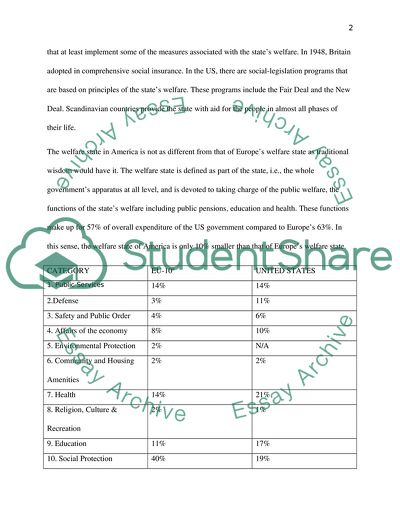Cite this document
(Welfare Systems of the United States and Europe Essay Example | Topics and Well Written Essays - 1500 words, n.d.)
Welfare Systems of the United States and Europe Essay Example | Topics and Well Written Essays - 1500 words. https://studentshare.org/social-science/1825595-is-the-us-or-european-welfare-system-more-desirable
Welfare Systems of the United States and Europe Essay Example | Topics and Well Written Essays - 1500 words. https://studentshare.org/social-science/1825595-is-the-us-or-european-welfare-system-more-desirable
(Welfare Systems of the United States and Europe Essay Example | Topics and Well Written Essays - 1500 Words)
Welfare Systems of the United States and Europe Essay Example | Topics and Well Written Essays - 1500 Words. https://studentshare.org/social-science/1825595-is-the-us-or-european-welfare-system-more-desirable.
Welfare Systems of the United States and Europe Essay Example | Topics and Well Written Essays - 1500 Words. https://studentshare.org/social-science/1825595-is-the-us-or-european-welfare-system-more-desirable.
“Welfare Systems of the United States and Europe Essay Example | Topics and Well Written Essays - 1500 Words”. https://studentshare.org/social-science/1825595-is-the-us-or-european-welfare-system-more-desirable.


